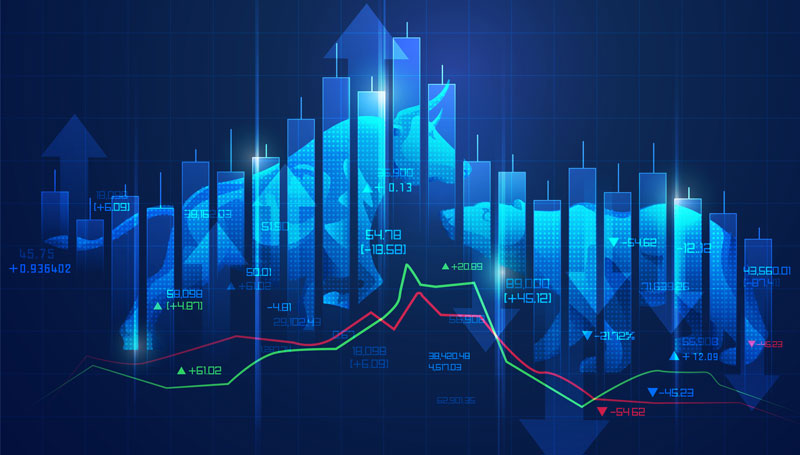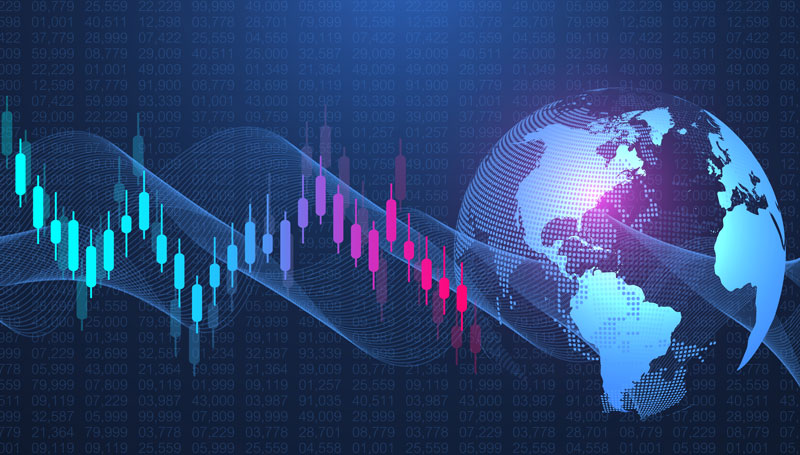
Gold 1806,24
|
EURUSD 1,1395
|
DJIA 26775
|
OIL.WTI 40,44
|
DAX 12772,75
|
|---|
Tuesday was the most interesting day in the Forex market. All data released in Europe was worse than forecasted. And in the U.S., consumer price data was higher than the analysts’ forecasts. In theory, the dollar should have strengthened. Instead, it fell sharply.
EUR/USD

The decline was also recorded in relation to all risk investments and commodity futures. If you follow the chart above closely, you can see that the EUR/USD pair is once again approaching a strong resistance zone. Over the past 2 years, a strong reversal has occurred several times at these levels. In addition, the price fell several points at once. But the more the same scenario is repeated, the stronger the exit from this scenario can be.
Pound Sterling
In England, very poor GDP figures are published for the second month in a row. Our spring forecasts are fully confirmed. After it turned out that the island offered no protection against COVID-19, the next problem was very acute. The same location on the island has led to an even greater production and logistics crisis than in the EU. All connections were interrupted. Most British people deeply regretted the choice made in the referendum.
Oil
Despite the news from South and North America, where the coronavirus situation is assuming a catastrophic scenario, the oil refuses to sink. It is already clear that the tourist season that has begun is in danger. Most tourists will not leave their country. And the resumption of a large number of scheduled flights is a dream.
Nevertheless, the oil is at the same level as 40 days ago, when it looked as if the corona virus had retreated with the arrival of the heat. Why is this happening? There can be only one answer. Production of the black gold has dropped sharply in recent months. This applies to the OPEC+ agreement. As well as countries like the USA, whose oil companies have reduced their production due to a sharp drop in demand.
Perhaps the oil industry has succeeded in finding a new balance between supply and demand. In which case, a long flute awaits us all summer long. And only then will everyone see whether the second wave of the coronavirus will reach the countries of Asia and Europe. And if it does, we can expect the biggest drop in oil to 20-25 dollars a barrel.
What’s waiting for us today?
05:00 Bank of Japan decision on interest rate
08:00 British Consumer Price Index June
15:15 U.S. Industrial Production for June
16:00 Decision of the Bank of Canada on the interest rate
Important Notes on This Publication:
The content of this publication is for general information purposes only. In this context, it is neither an individual investment recommendation or advice nor an offer to purchase or sell securities or other financial products. The content in question and all the information contained therein do not in any way replace individual investor- or investment-oriented advice. No reliable forecast or indication for the future is possible with respect to any presentation or information on the present or past performance of the relevant underlying assets. All information and data presented in this publication are based on reliable sources. However, Bernstein Bank does not guarantee that the information and data contained in this publication is up-to-date, correct and complete. Securities traded on the financial markets are subject to price fluctuations. A contract for difference (CFD) is also a financial instrument with leverage effect. Against this backdrop, CFD trading involves a high risk up to the point of total loss and may not be suitable for all investors. Therefore, make sure that you have fully understood all the correlating risks. If necessary, ask for independent advice.












